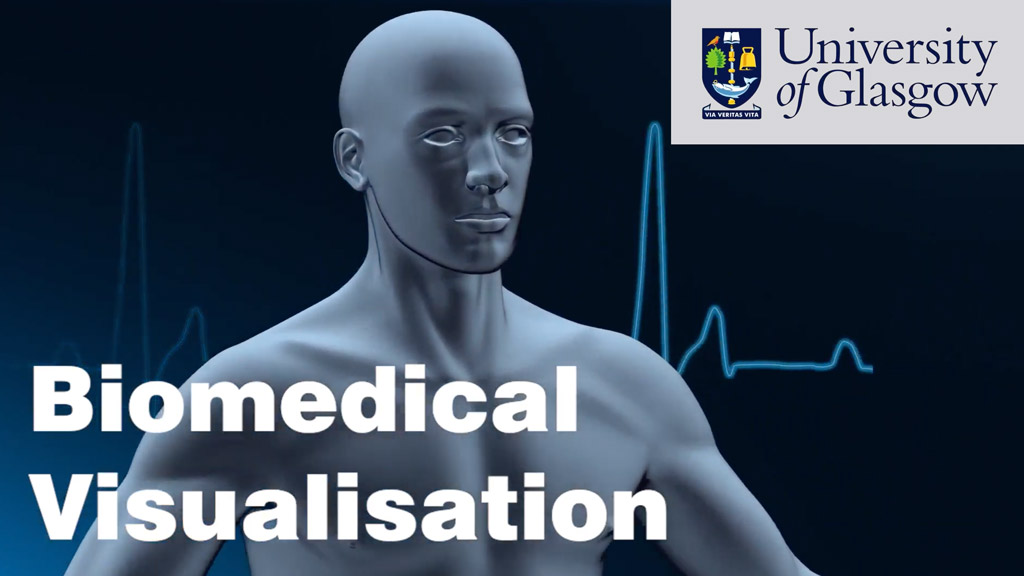University of Glasgow course on Coursera on “Biomedical Visualisation” with Blender 3D
The University of Glasgow has recently created a free course of Biomedical Visualisation. The course uses and gives an introduction of Blender 3D. You can enrol for free, or you can also opt for the version where you can earn a Certificate upon completion.
On the website, you can also find some really interesting video of 3D and VR applications on the biomedical world that sound very promising for some who would like to find a job in the 3D world using Blender.
They say: “Visualisation is a rapidly progressive speciality in academia, research and industry, and becoming the future of science. With the advancement of digital technologies and their applications, biomedical visualisation is an evolving and popular field. With new techniques and technologies to image, process and analyse data related to the human body, and its biological processes, it is at the forefront of the digital revolution”.
You can view the course video trailer on Youtube.
By the end of this course, you will be able to:
- Define and describe anatomical terminology related to the human body.
- Describe the various body systems, what comprises them, and how they relate to function.
- Create your own 3D modelling and animations using industry standard, open-source software (Blender).
- Analyse various visualisation techniques and methods, and be able to apply them to areas of biomedical science.
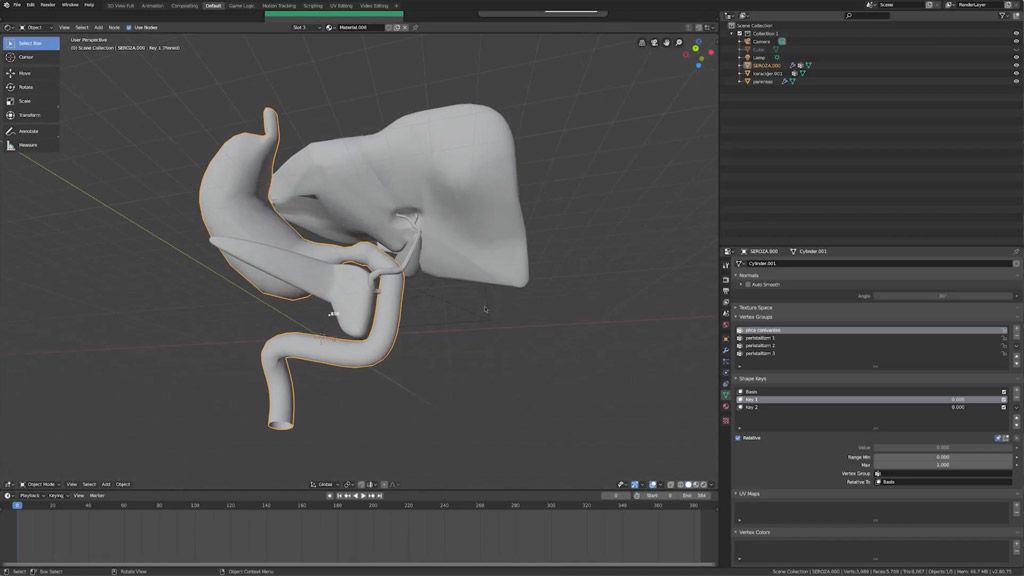
This course is the first of its kind on Coursera. It explores the structure and function of the human body including terminology used. It showcases visualisation techniques available using technology to image and display data related to the body and biological processes.. It also provides training in the creation of animations, and examines the applicability of different types of reality.
You will learn from experts in these fields and with the knowledge you will gain from this course, be able to evaluate and apply how best to use visualisation in your own discipline.
No prior experience is necessary but should be able to learn at an intermediate level.
To enroll for free you need to go on coursera website
Instructors:

Paul Rea, Professor
College of Medical, Veterinary and Life Sciences
Professor of Digital and Anatomical Education at the University of Glasgow.
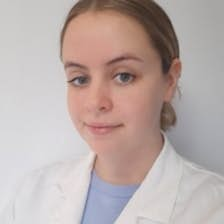
Amy Webster
School of Life Sciences, University of Glasgow
Graduate Teaching Assistant whilst working on this course creation. She holds a BSc (Hons) in Neuroscience and an MSc Medical Visualisation and Human Anatomy.
Useful Links:
- Getting Comfortable with Blender – video
- Modelling Techniques in Blender – video
- Modelling Practical in Blender – video
- Final Touches in Modelling: Modifiers – video
- www.gla.ac.uk/colleges/mvls
- sketchfab.com/GLS
- www.facebook.com/UofGSoLS
- www.coursera.org/learn/biomedvis
- Interview with Dr Neil McDonnell: Immersive Education & Project Mobius
- Interview with Dr Craig Daly: Confocal Microscopy to VR
- Interview with Dr Claudia Krebs: The HoloBrain in WebVR
Other videos: Virtual Reality with Dr Craig Daly
Craig Daily discussed his workflow which enables laser-scanning confocal microscopy data to be visualised within a fully immersive Virtual Reality (VR) head set.
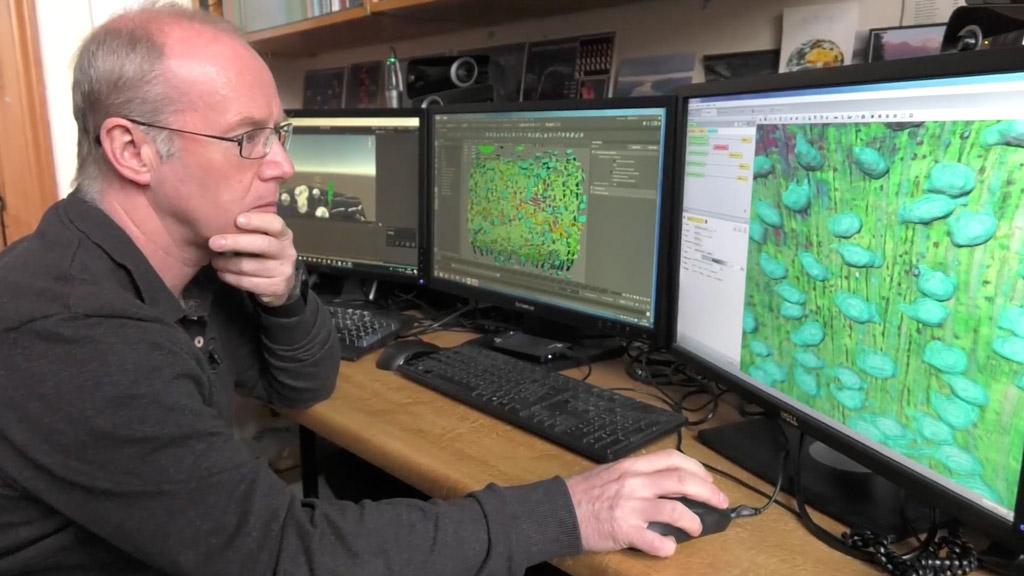
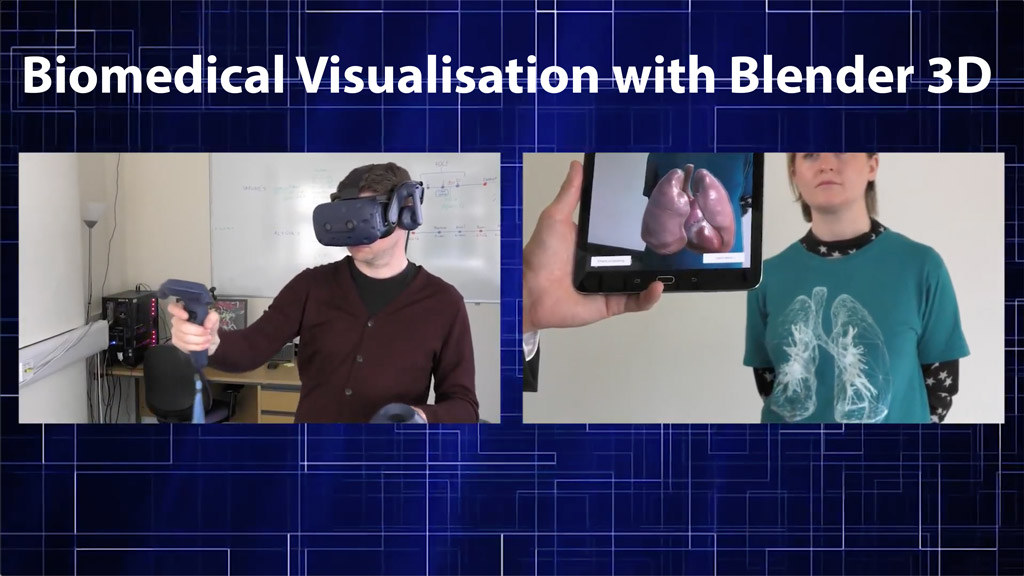
Check other tutorials to learn Blender.

